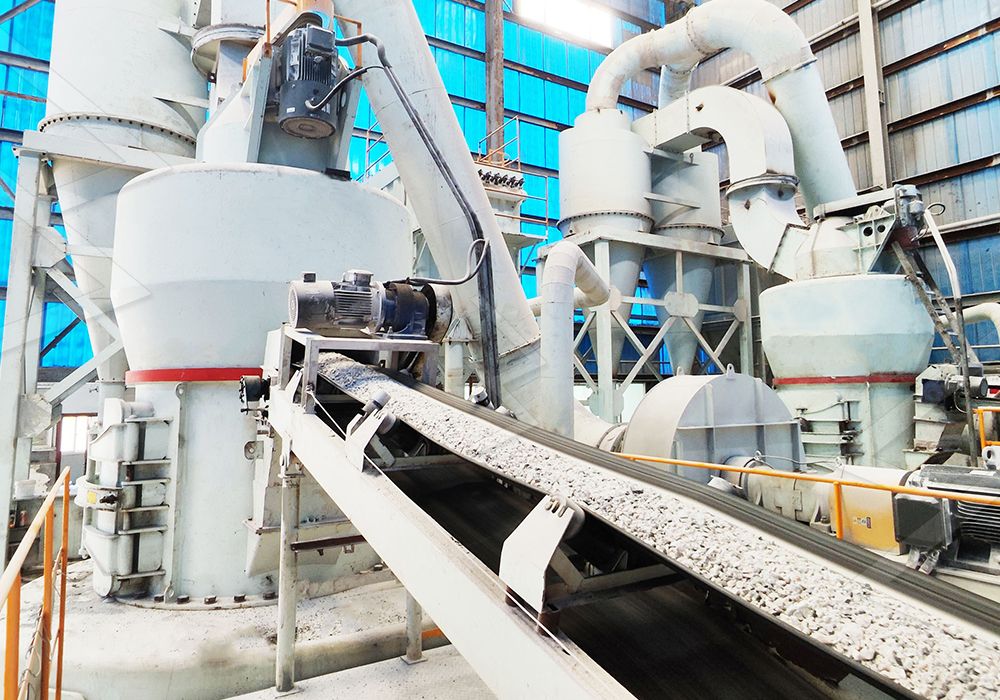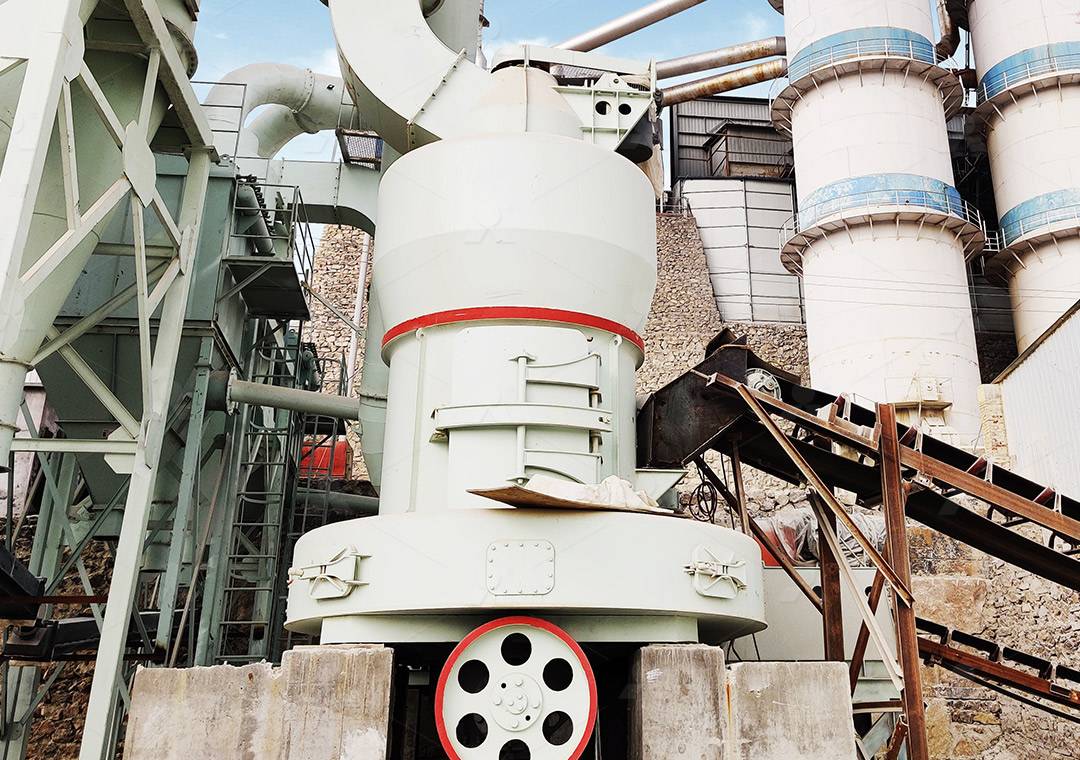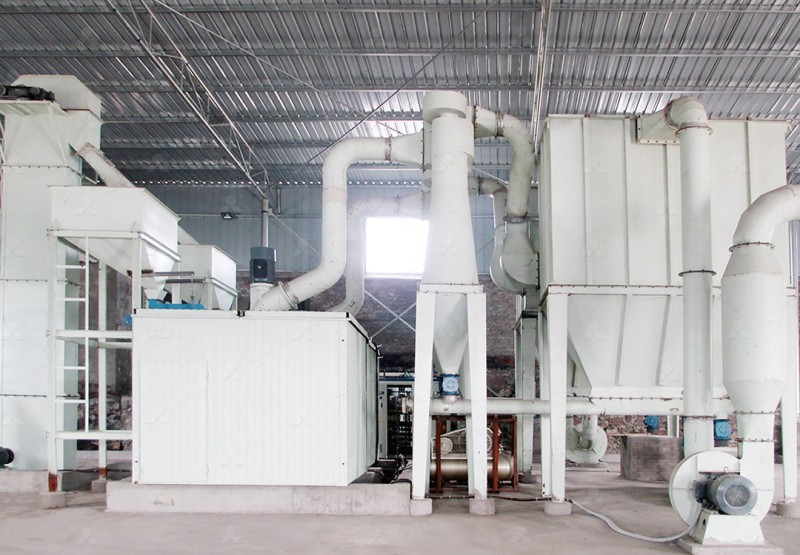Key Differences Between Rotors for Impact Crushers and Hammer Mills: Design and Performance Comparison
Key Differences Between Rotors for Impact Crushers and Hammer Mills: Design and Performance Comparison
When it comes to size reduction equipment, impact crushers and hammer mills are two of the most commonly used machines. While both are designed to crush materials, their rotor designs and performance characteristics differ significantly. Understanding these differences is crucial for selecting the right equipment for your specific application.
Rotor Design: Impact Crushers vs. Hammer Mills
The rotor is the heart of both impact crushers and hammer mills, but their designs vary considerably:
- Impact Crusher Rotors: Typically feature rigid hammers or blow bars mounted on a horizontal shaft. These hammers are fixed and rely on the rotor’s high-speed rotation to throw material against impact plates.
- Hammer Mill Rotors: Use swinging hammers attached to the rotor via pivots. These hammers can move freely to some degree, allowing for better material processing in certain applications.

Performance Characteristics
The different rotor designs lead to distinct performance characteristics:
| Feature | Impact Crusher | Hammer Mill |
|---|---|---|
| Reduction Ratio | Higher (typically 10:1 to 20:1) | Lower (typically 5:1 to 10:1) |
| Product Shape | More cubical | More irregular |
| Energy Efficiency | More efficient for hard materials | Better for soft materials |
| Maintenance | Longer wear part life | More frequent hammer replacement |
Applications
The choice between these two machines often comes down to the application:
- Impact Crushers: Ideal for hard, abrasive materials where cubical product shape is important (e.g., concrete recycling, limestone processing)
- Hammer Mills: Better suited for softer materials and applications where exact particle shape isn’t critical (e.g., biomass processing, agricultural applications)

Our Recommended Solution: MW Ultrafine Grinding Mill
For applications requiring ultra-fine powder production, we recommend our MW Ultrafine Grinding Mill. This advanced mill offers:
- Input Size: 0-20 mm
- Capacity: 0.5-25 tph
- Adjustable fineness between 325-2500 meshes
- Higher yielding with lower energy consumption
- Eco-friendly operation with efficient dust collection
The MW Ultrafine Grinding Mill is particularly effective for processing materials like limestone, calcite, dolomite, and various industrial minerals. Its innovative design features higher precision digital processing and worry-free operation with readily available spare parts.
Conclusion
Understanding the differences between impact crusher and hammer mill rotors is essential for optimal equipment selection. While impact crushers excel in hard material processing with their rigid rotor design, hammer mills offer flexibility for softer materials. For ultra-fine grinding applications, our MW Ultrafine Grinding Mill provides an excellent solution with its advanced technology and efficient operation.

Contact our team today to discuss which solution is right for your specific material processing needs.
